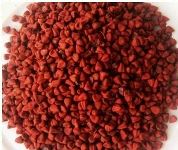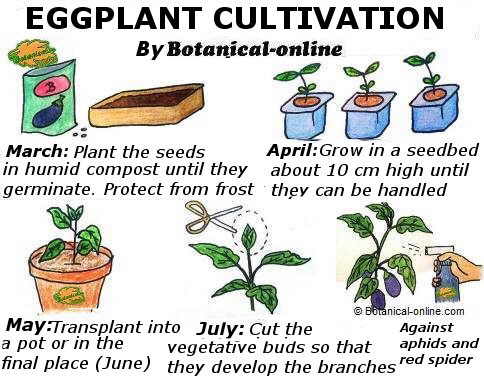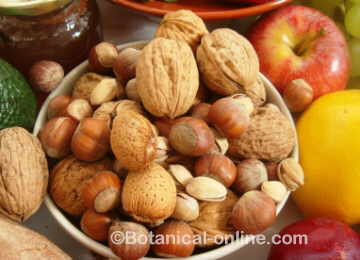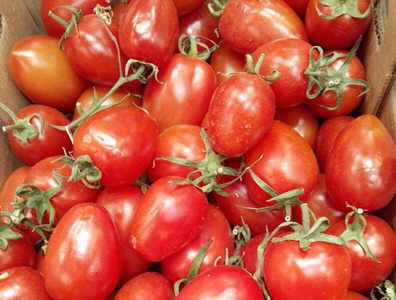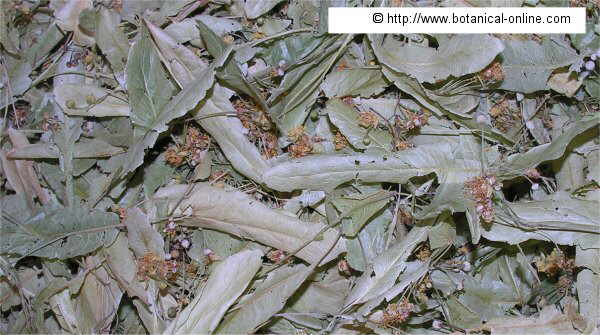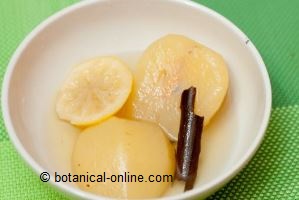Contents
What is mustard condiment?
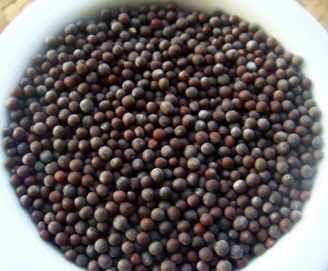
Photo of black mustard seeds (Brassica nigra)
The word ‘mustard condiment’ popularly refers to a spicy sauce made with mustard seeds used as seasoning in food.
Types of mustard
There are more than 40 types of mustard, although the most common different species of mustards are black mustard (Brassica nigra), white mustard (Sinapis alba) and mustard greens (Brassica juncea). With these species mustard sauces are normally prepared with.
All these species belong to the family of cruciferous plants, and are related with well-known vegetables like collard greens, arugula or broccoli. In fact, if you know the mustard sauce and you taste some of these vegetables, you may find the characteristic spicy flavor that reveals the kinship between these plants.
Characteristics of mustard sauce
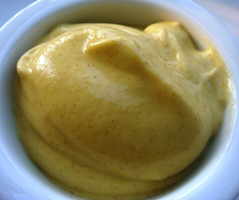
Photo of Dijon mustard sauce made from black mustard seeds, vinegar and salt.
Overall, mustard sauce can be yellow or dark red, depending on what kind of mustard it is prepared with and what ingredients you add.
Mustard sauce has a very pungent aroma and a spicy, burning taste. These characteristics are due to a substance containing the seeds, called sinigrin.
* Related information: Types of Mustard Sauce
What are the benefits of mustard?
The main properties of mustard are due to its content of glucosinolates, some antioxidant components.
In general, all types of mustard contain some potassium, magnesium and phosphorus.
– Mustard should be consumed in small quantities, because it contains some very irritating principles. These components are contributing the peculiar aroma and burning taste of this condiment.
– The irritant effect of these seeds is useful in herbal medicine. Mustard seeds are used for their rubefacientes properties (external use) to stimulate blood circulation in certain areas and relieve rheumatic pains.
* Related information: Medicinal properties of mustard seeds
MUSTARD NUTRITIONAL VALUE
| Composition of a teaspoonful of mustard (Sinapis alba) (5g). | |
| Nutrient | Amount |
| Energy/ Calories | 23,5kcal |
| Carbohydrates | 1,70g. |
| Proteins | 1,20g. |
| Fats | 1,50g. |
| Fiber | 0,75g. |
| Phosphorus | 200mg. |
| Magnesium | 75mg. |
| Potassium | 183mg. |
| Selenium | 33,40mcg. |
Other uses of Mustard
- Mustard oil: oil resulting from pressing the mustard seeds. It was used in some countries (mainly in India), although in other countries food use is prohibited and it is sold as external use due to toxicity of erucic acid.
* More information: Properties mustard oil
- Mustard greens: There is a variety of mustard that is used as a leafy vegetable. This is Indian mustard (Brassica juncea) and is consumed mainly in India.
![]() More information on mustard.
More information on mustard.

